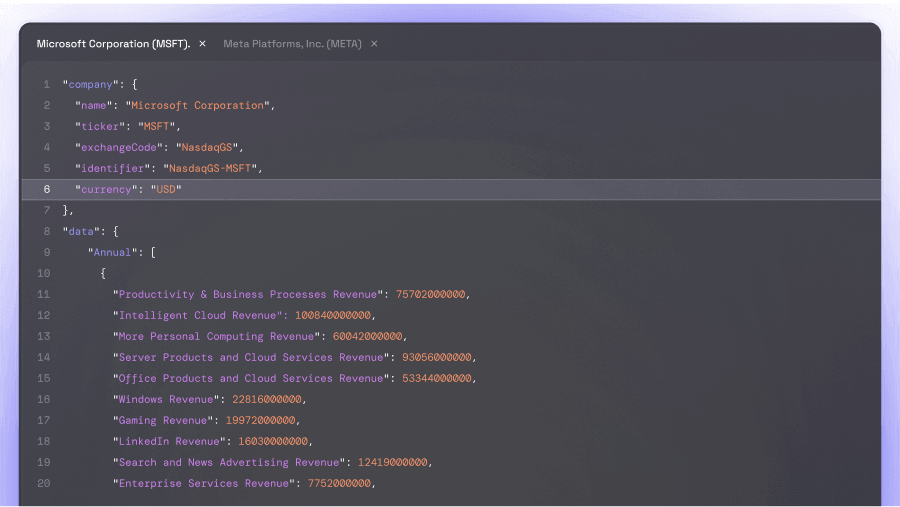### What is Polkadot (DOT)? Polkadot (DOT) is a unique blockchain platform that facilitates the interoperability of multiple blockchains by allowing them to connect and share information. Developed by the Web3 Foundation, Polkadot leverages a scalable and flexible network that supports various use cases across different industries. The native cryptocurrency of Polkadot is DOT, which plays a critical role in network governance, security, and bonding. For updated information and insights on Polkadot, you can explore its details on Eulerpool.
Polkadot is an open-source, sharded multichain protocol designed to connect and secure a network of specialized blockchains. It facilitates cross-chain transfers of various data or asset types—not limited to tokens—enabling blockchains to be interoperable. Polkadot aims to establish a foundation for a decentralized internet of blockchains, also referred to as Web3. Recognized as a layer-0 metaprotocol, Polkadot underlies and defines a format for a network of layer 1 blockchains known as parachains (parallel chains). As a metaprotocol, Polkadot can autonomously and forklessly update its codebase through on-chain governance based on the preferences of its token holder community. Polkadot offers a platform to support a decentralized web controlled by its users, streamlining the development of new applications, institutions, and services. The Polkadot protocol can connect public and private chains, permissionless networks, oracles, and future technologies, enabling these independent blockchains to share information and transactions seamlessly and securely through the Polkadot Relay Chain. Polkadot’s native token, DOT, serves three distinct functions: staking for operations and security, facilitating network governance, and bonding tokens to connect parachains. Polkadot comprises four core components: * Relay Chain: The “heart” of Polkadot, facilitating consensus, interoperability, and shared security across the network of various chains; * Parachains: Independent chains that can have their own tokens and be tailored for specific use cases; * Parathreads: Similar to parachains but with flexible connectivity, operating on an economical pay-as-you-go model; * Bridges: Enable parachains and parathreads to connect and interact with external blockchains like Ethereum. For current data and more information on Polkadot, visit Eulerpool.














